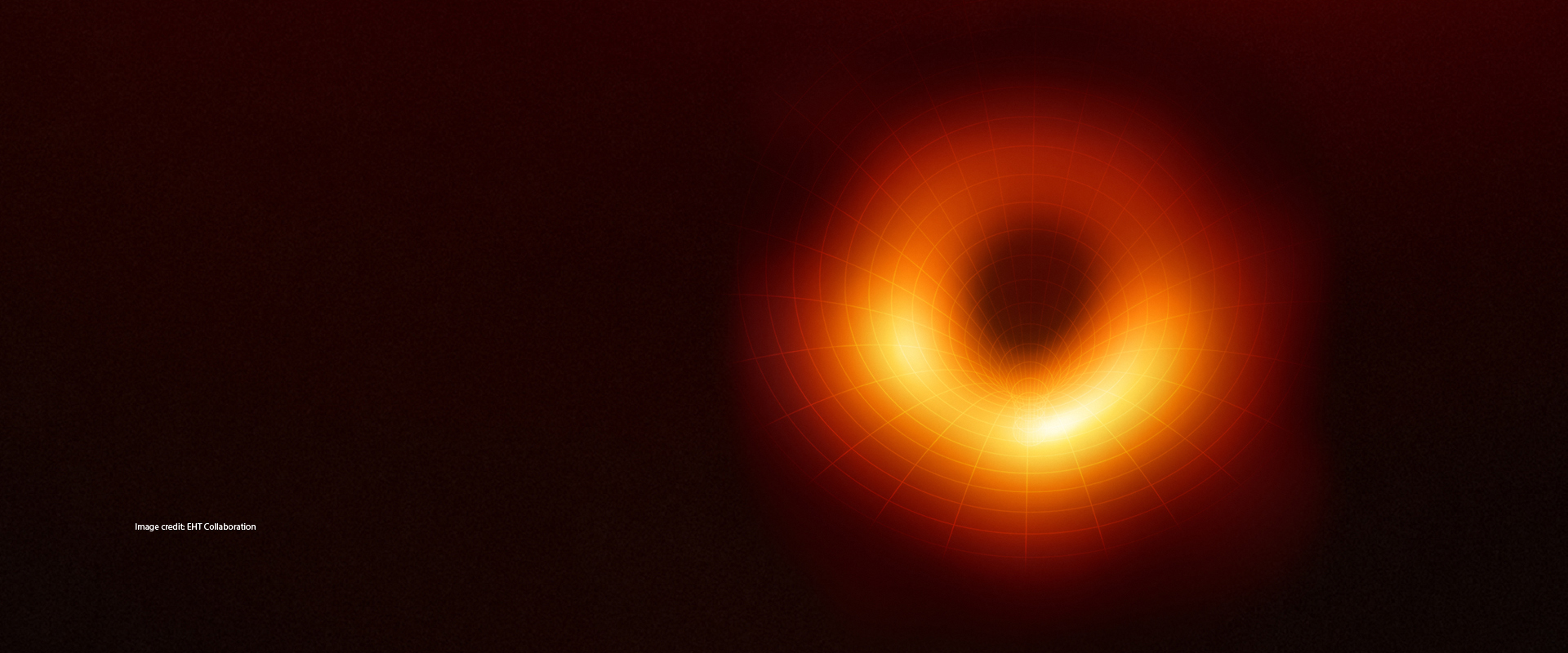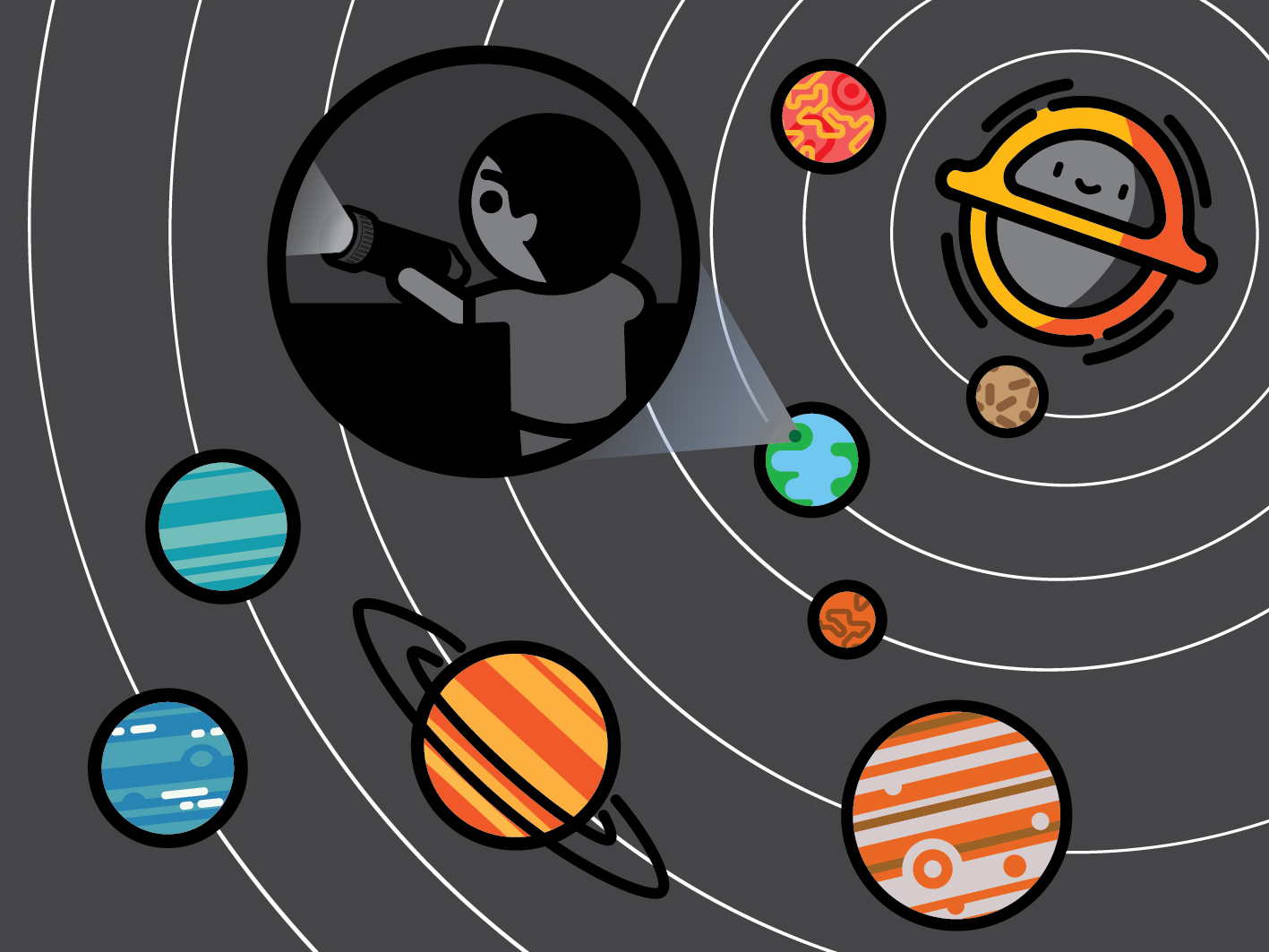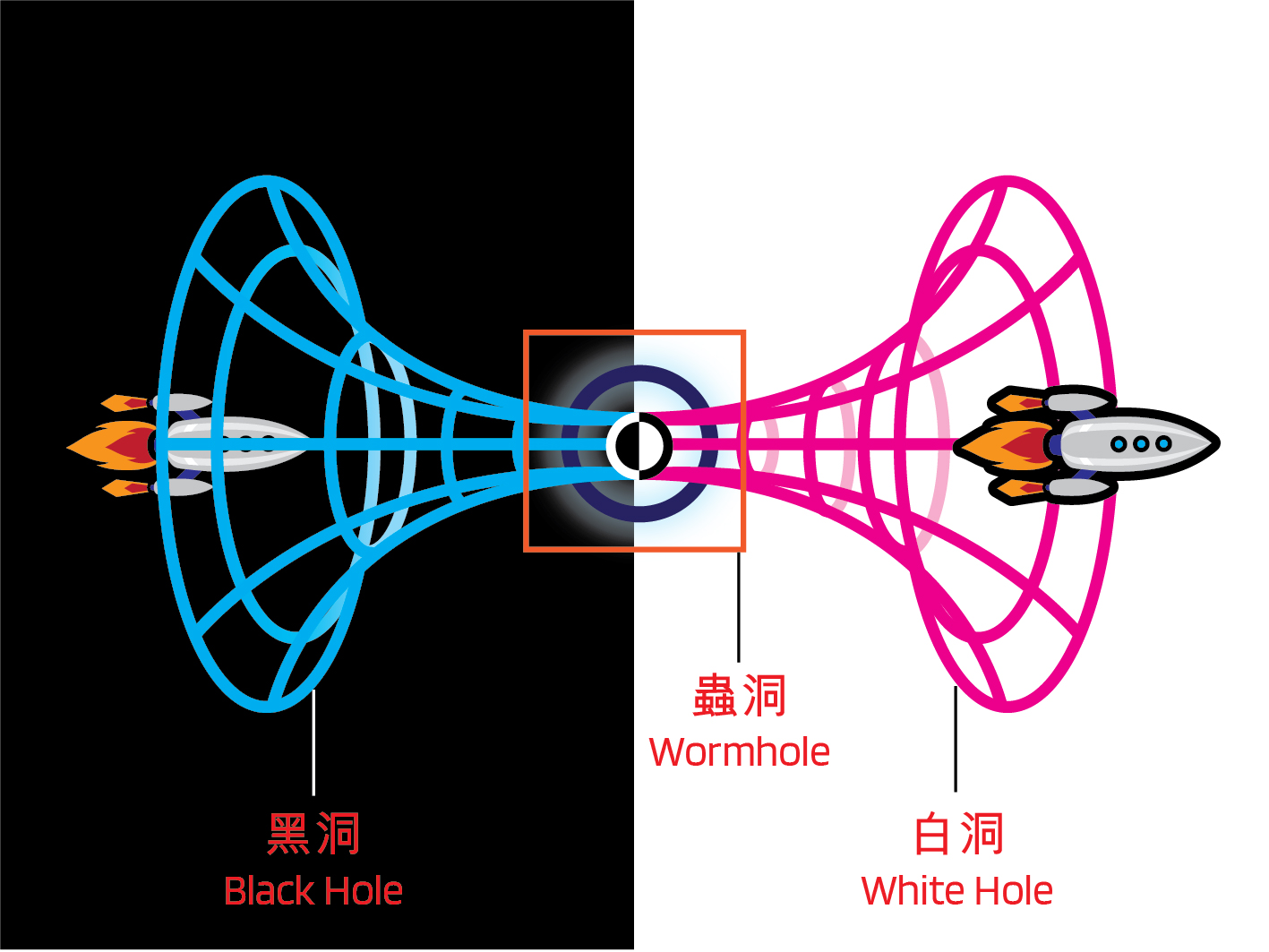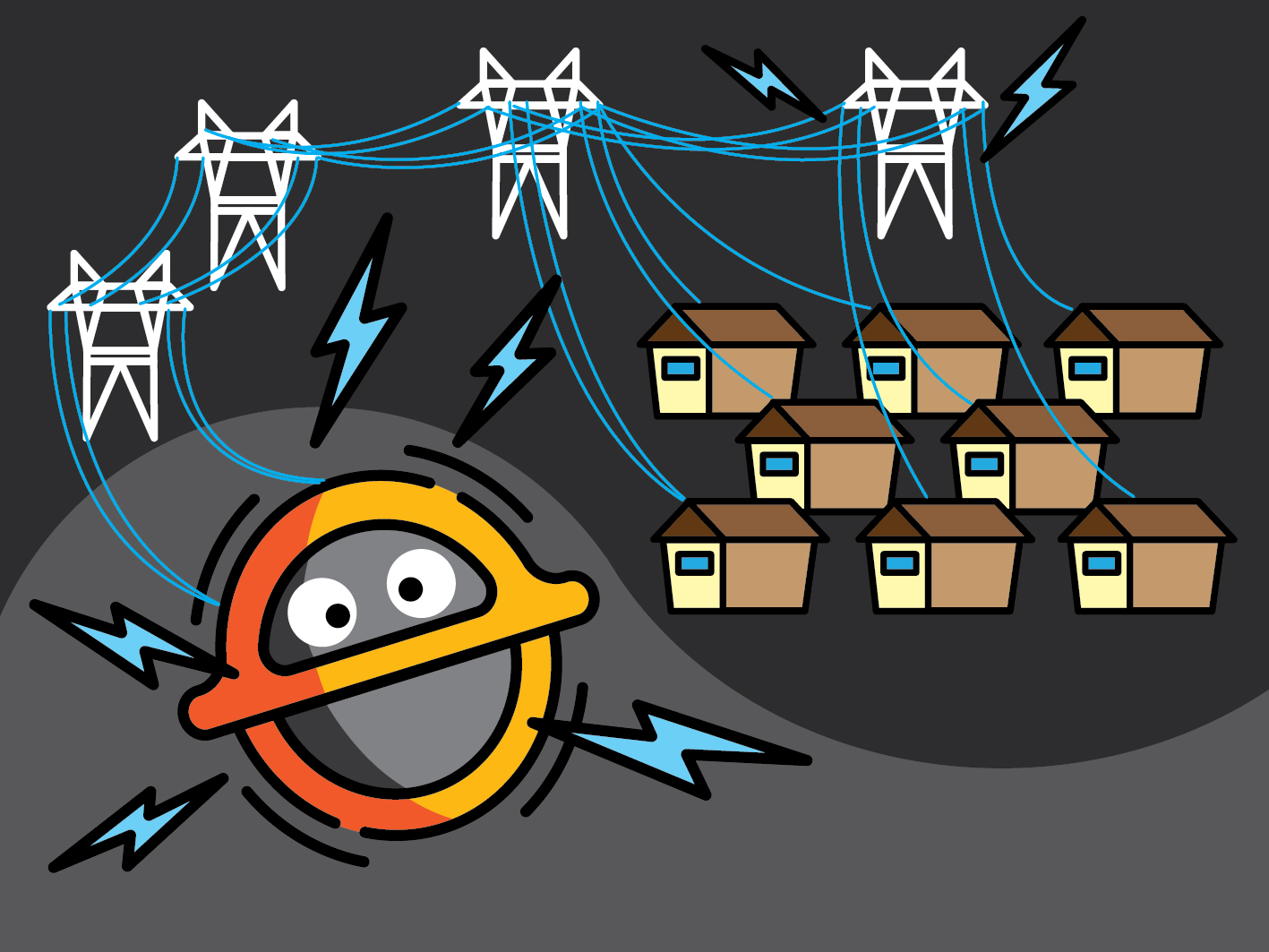 Web Content Display
Web Content Display

Black Hole Q&A
 Web Content Display
Web Content Display
 Web Content Display
Web Content Display

The simple answer would be a "No". But why?
When you think of a hole, naturally, a one-directional hole comes into your mind. Perhaps a hole in a construction site? Or a cave in a forest? We would encounter them in daily life (maybe not the latter). But obviously, black hole is nothing like them! Then what is it?
A black hole is a compact celestial body with a very strong gravitational field that warps the space. The space is so warped that even light cannot escape! (Apparently, that’s what makes it black.) Since the warped space is three-dimensional, black hole is in fact a spherical "hole" that attracts objects from all directions. Quite different from a simple hole, isn’t it?
 Web Content Display
Web Content Display

It would be “Yes” and “No”. Let’s first have a look at how black holes “swallow" objects.
Like other celestial bodies including Sun and Earth, black holes attract substances by the same law of gravity. The closer you are to black holes’ boundary (event horizon), the quicker you must run away from it. The gravity at the event horizon is so strong that time and space get severely distorted, even light cannot escape from it. In other words, black holes swallow everything that crosses the event horizon. Moving away from the event horizon allows you to avoid the doomed fate as long as you are quick enough.
Imagine you are swimming in the upstream of a waterfall. The closer you are to the waterfall, the more effort you need to swim away. Once you cross the waterfall’s edge, the only fate will be falling into the abyss.
Fortunately, a black hole is relatively small compared to other celestial bodies, thus it is not easy to fall into it. If there were a black hole with mass same as that of Sun, its radius would be around 3 km, just about the distance between the Mongkok MTR station and Hong Kong Space Museum!
So rest assured! You will be perfectly fine as long as you are sufficiently far away from the black hole.
 Web Content Display
Web Content Display

First things first, not to fret - this is not happening, as Sun’s mass is too small to form a black hole. But let’s see how the “what if” goes.
A black hole’s gravitational force is equal to that of a star that has the same mass. If a black hole with the same mass as the Sun became the centre of the Solar System, celestial objects of the Solar System including Earth would continue to stay in their original orbits and would not be swallowed by the black hole.
However, the Solar System would become pitch-black since black holes without accretion disk or jet would not emit light. Without sunlight’s illumination, all species on Earth would not be able to survive.
We are lucky that Sun will not turn into a black hole, or our civilisation will be wiped out!
 Web Content Display
Web Content Display

Good question! We do encounter people calling black holes “the orange donut”, all because of these black hole images they’ve seen. But apparently, black holes do not emit light, so the “donut” can’t be the black hole itself. Then what can it be?
In fact, the orange part of the image is the accretion disk (or gravitationally lensed image of the disk, to be precise) surrounding the black hole but not the hole itself! Instead of detecting black holes themselves, astronomers look for nearby structures such as accretion disks to pinpoint the holes. The particles collide with one another in the accretion disk, producing immense heat and light.
The first two black hole images are produced according to the radio waves emitted by the accretion disks. As radio waves are invisible to the human eye, astronomers specifically picked orange, a colour commonly used to represent heat, for the black hole image, as the temperature of the accretion disk could be as high as one million degrees!
In addition, choosing the correct colour helps us better understand the brightness of the celestial bodies, and avoid unnecessary misunderstandings. This facilitates scientific research and communication.
Rather than “the orange donut”, black holes are more like the “donut hole”!
 Web Content Display
Web Content Display

Theoretically, a white hole is the opposite of a black hole: matter swallowed by a black hole on one end of a wormhole will be ejected from a white hole on the other end. Just as matter cannot escape the event horizon of a black hole, matter cannot enter the event horizon of a white hole. Some physicists describe white holes as the time reversal of black holes. However, matter in white holes is from the past, who knows what kind of disruption would happen when matter leaves white holes and interacts with the outside world!
Although one can predict the existence of white holes from General Relativity, there is still no concrete evidence to prove their existence. Some scholars believe that certain gamma-ray bursts may be attributed to the instantaneous ejection of a large amount of matter by white holes. Perhaps white holes are one of the solutions to the information paradox!
“Curiouser and curiouser!” Let’s see where the white holes are taking us!
 Web Content Display
Web Content Display

A lot! Physicists used to believe that matter which fell into black holes would be destroyed. However, this violates the theory of quantum mechanics.
Stephen Hawking pointed out that information does not fall into black holes. Instead, it is trapped at the event horizon, the boundary of the black hole. Hence, the storage capacity of a black hole is actually correlated to the hole’s surface area, not it’s volume.
When a thing falls into a black hole, the information is stored on the hole’s event horizon surface in the smallest possible scale conceivable by the laws of physics, namely the Planck area, which is as small as 10-35 by 10-35 m2. It is estimated that a "black hole hard drive" sized a trillionth of a hydrogen atom may store the entire world’s data!
 Web Content Display
Web Content Display

Are black holes only “troublemakers” or “hefty eaters” and have no benefit at all? Not at all! Surprisingly black holes can be useful in at least two ways.
Research has found that we can extract energy from black holes! This can be done by breaking the magnetic field lines of the plasma in the accretion disk and rejoining them in a specific way. Although this cannot be done yet, physicists suggest that the energy generated from black holes can have an efficiency of 150%! This is far more efficient than any kind of energy that we are using.
In addition, is a black hole a time machine?
Time slows down under the influence of a strong gravitational field. Hence, a clock near a black hole ticks much slower than Earth’s. The closer we move toward the event horizon of a black hole, the more serious the distortion, and the greater the time dilation. Therefore, when we return to Earth after visiting the vicinity of a black hole, we are really “back to the future”!
However, it seems impossible for us to go backward in time. This is because spacetime had to be warped severely enough that it bent to the spacetime we once located……
Even though time travel seems fun, many problems may arise. For instance, confusion of cause and effect, emergence of paradoxes, etc. The consequences can be disastrous.
